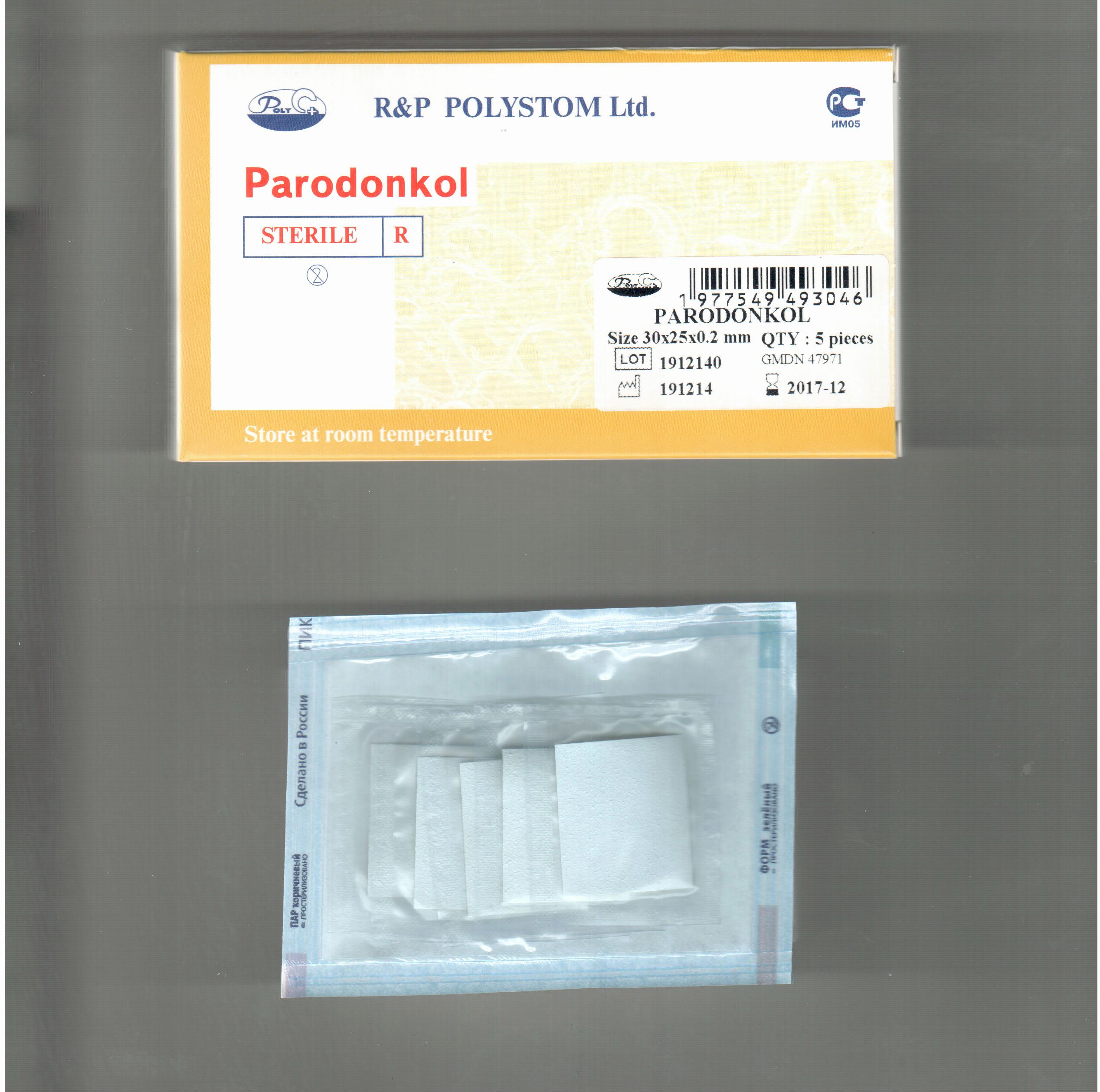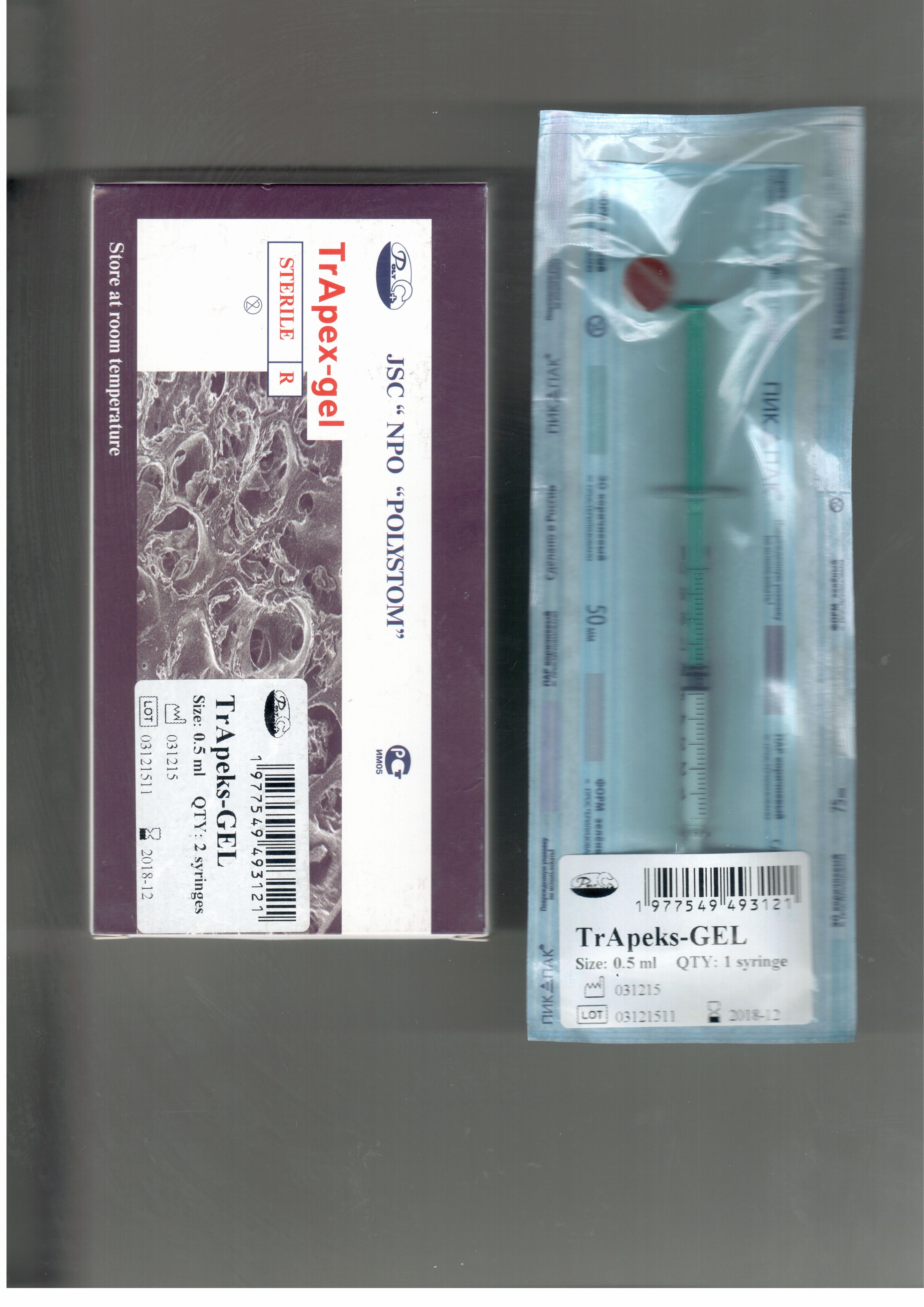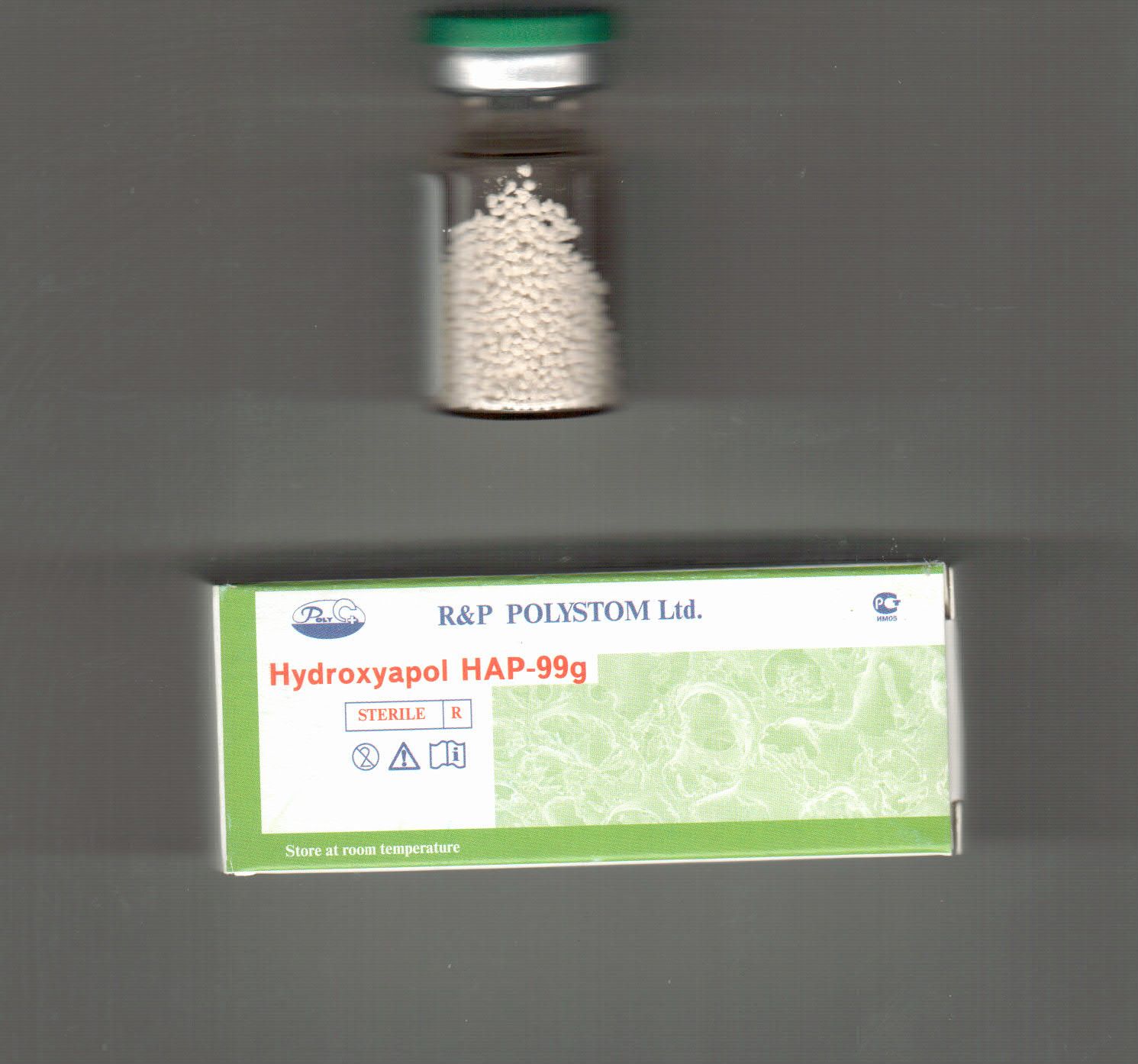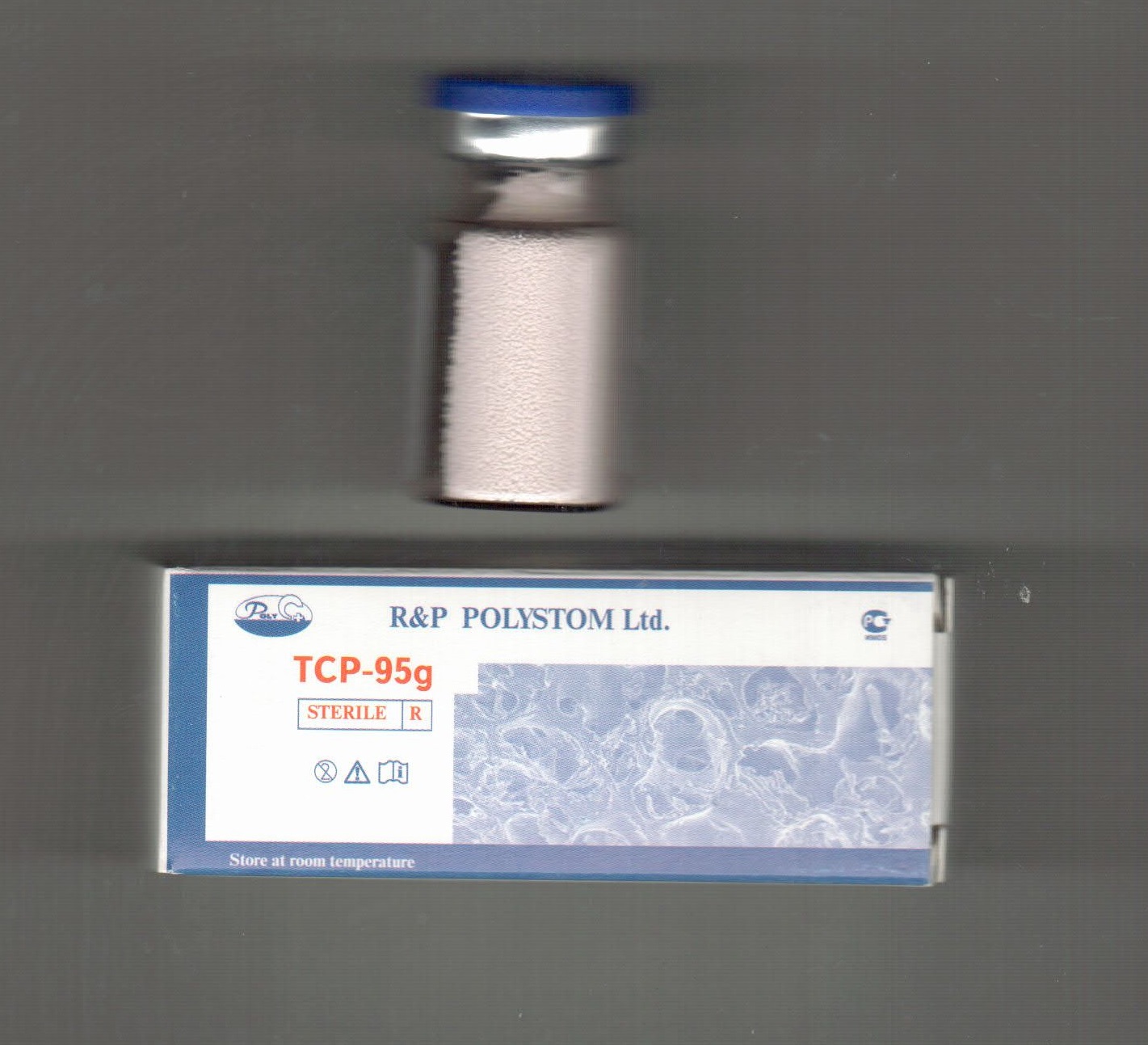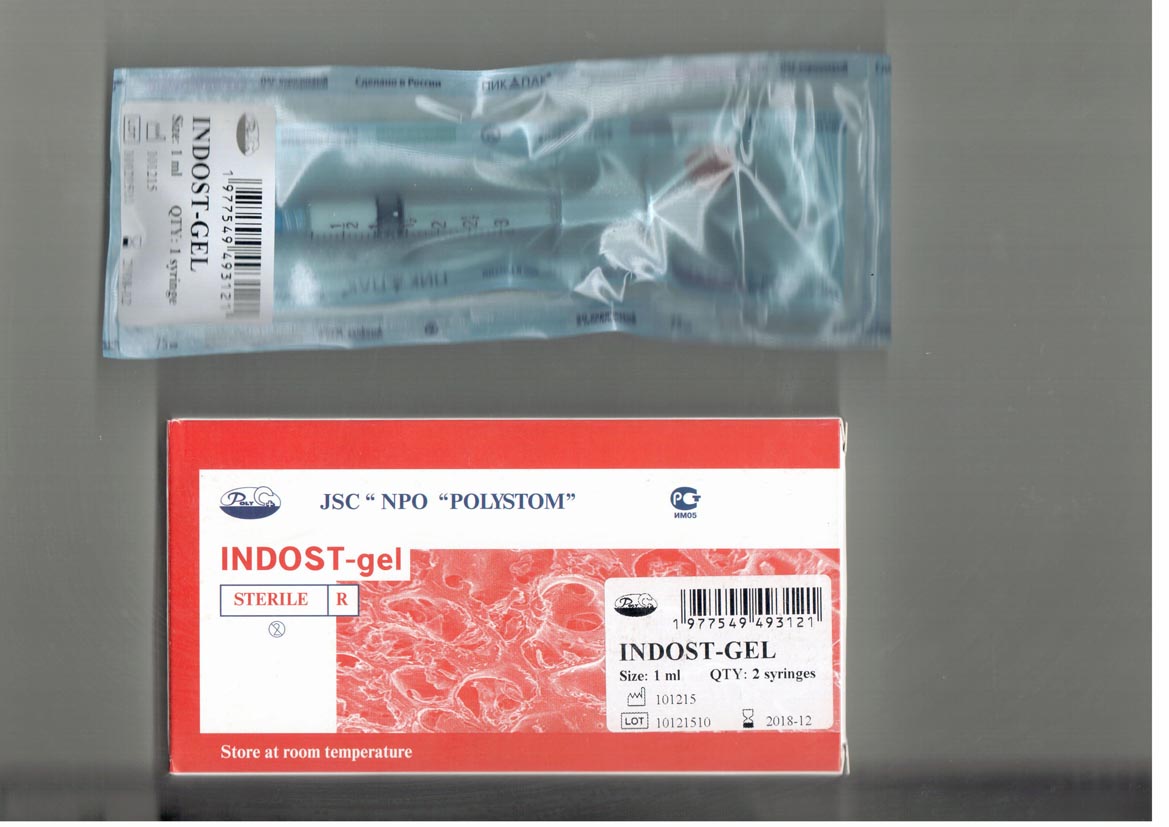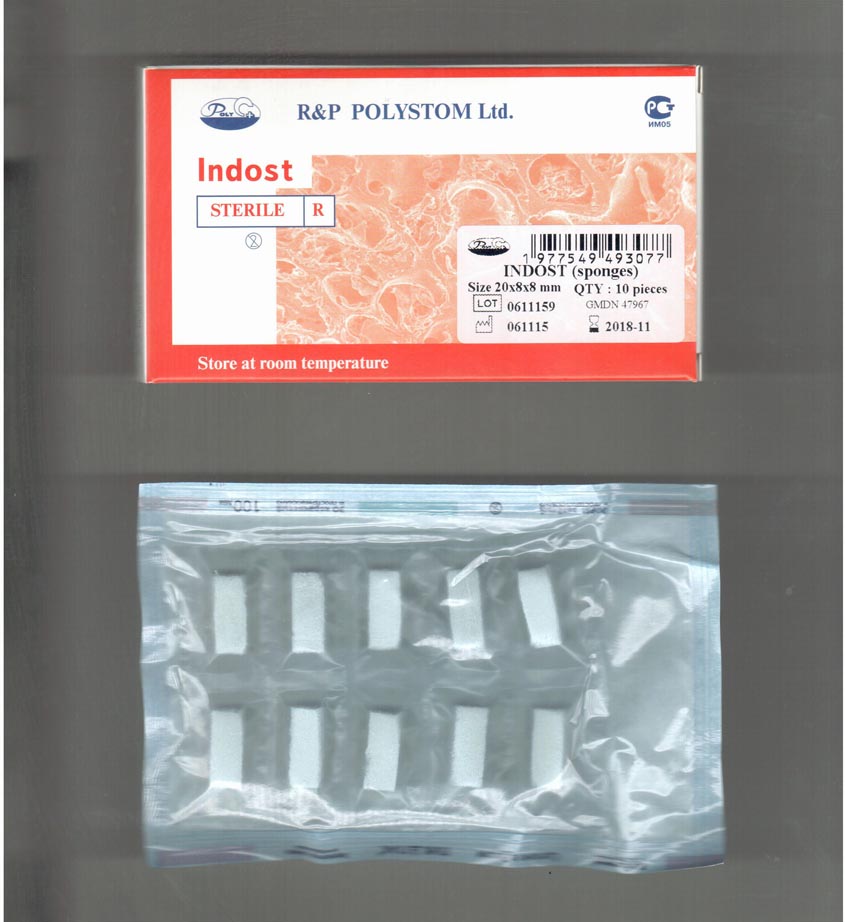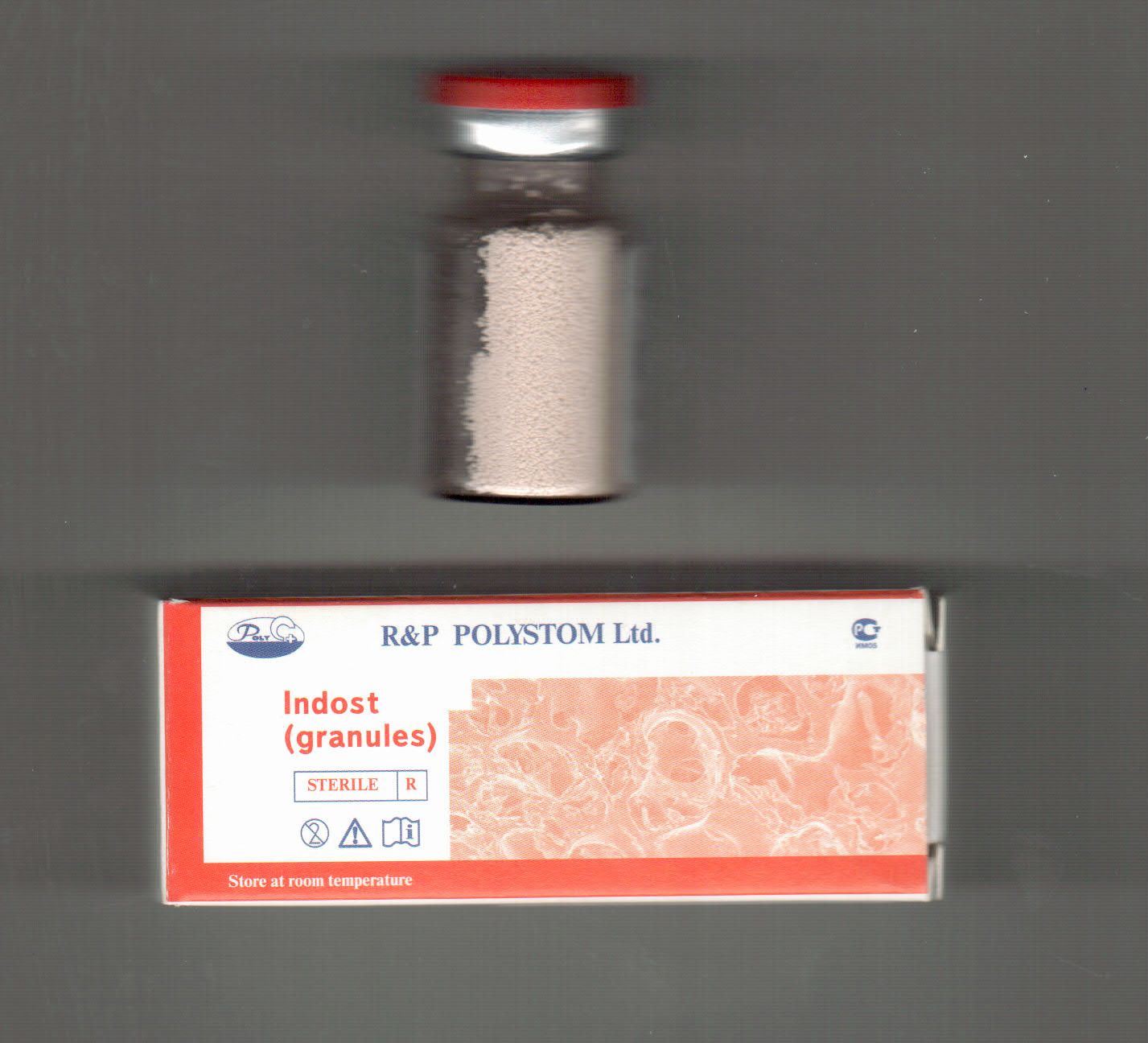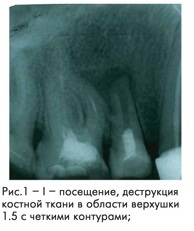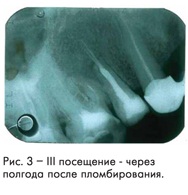The initial stages of the application of «Trapeks-gel» on delayed treatment of destructive forms of periodontitis
E.V.Volodina, Department of Faculty Therapeutical Stomatology MSUMD
Treatment of patients with chronic periodontitis is a complex and important task in modern dentistry. Frequency of periodontal disease at children and adults is not currently have a tendency to decrease. On average, one person has three endodontic teeth [5].
The causes of periodontitis are different, but infectious agents have the major role: traumatic and chemical effects on periodontal [2, 4). The completed root canal treatment is often mistaken for success, while even at technically perfect root canal, a pathological lesion in periapikal tissues persists for a long time, creating a risk of recurrence and complications [1,3].
The inflammation in destructive forms of periodontal disease contributes to the constant antigenic stimulation, which is largely determined by the conservation of detritus in the hearth of the damaged tissue formed in the alteration phase of the inflammatory process. All long flowing inflammatory processes contribute to the overall reduction of immunological reactivity and nonspecific resistance of the body, which increases the risk of inflammatory complications [6, 7).
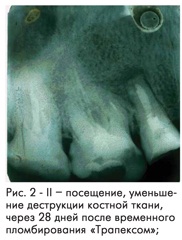
The 2nd visit, reducing the degradation of bone tissue, 28 days after temporary sealing by «Trapeks»

